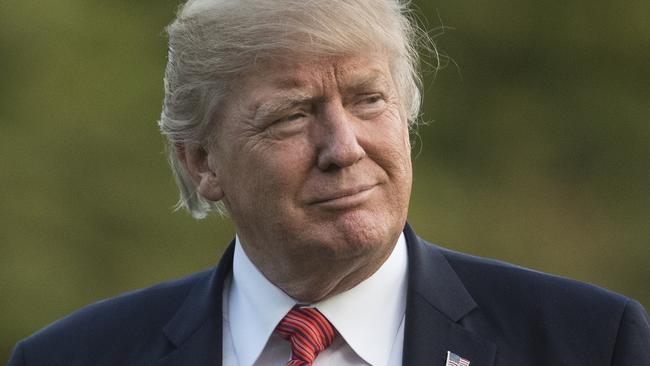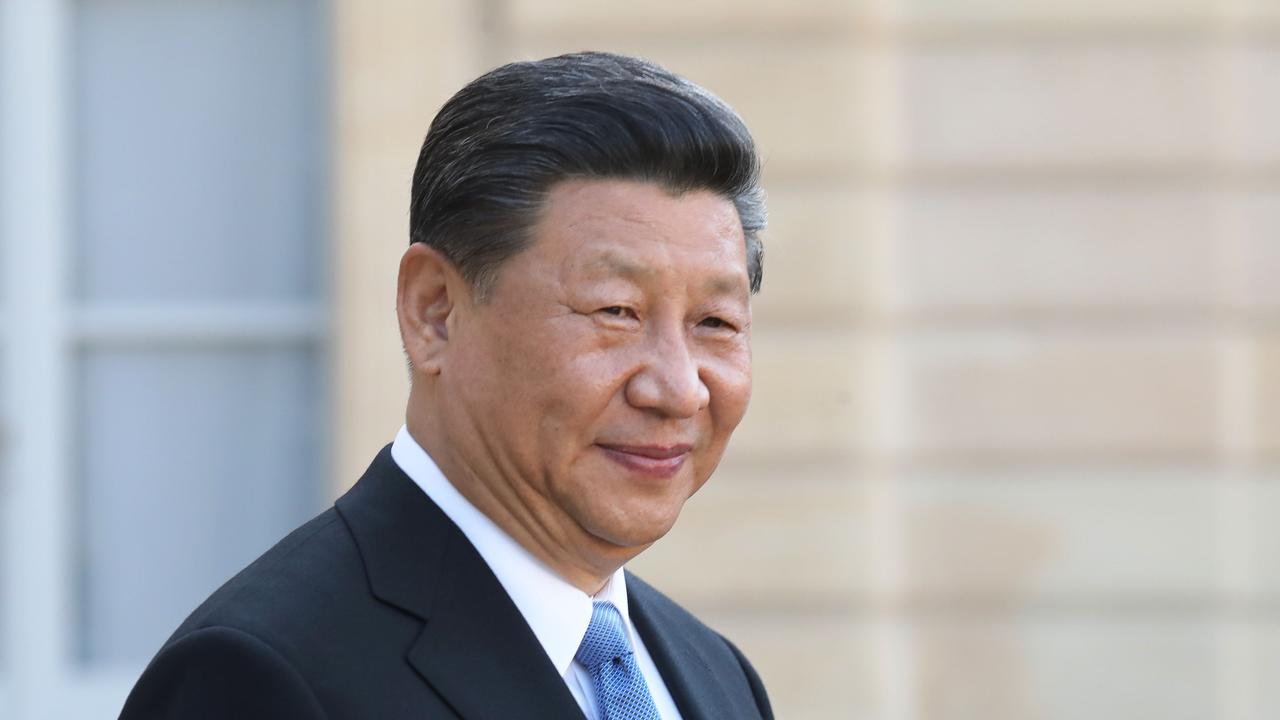Donald Trump to outline transgender ban in military
The White House is expected to send guidance to the Pentagon on how to implement a transgender ban in the military.

The White House is expected to send guidance to the Pentagon in coming days on how to implement a new ban on transgender people in the military, issuing a policy that will allow the Defence Secretary to consider a service member’s ability to deploy in deciding whether to kick them out of the military.
The White House memo also directs the Pentagon to deny admittance to transgender individuals and to stop spending on medical treatment for those currently serving, US officials familiar with the document say.
The 2½-page memo gives Defence Secretary Jim Mattis six months to prepare to fully implement the new ban, officials said.
Mr Mattis under the new policy is expected to consider “deployability” — the ability to serve in a war zone, participate in exercises or live for months on a ship — as the primary legal means to decide whether to separate service members from the military.
The policy was announced by President Donald Trump in a series of tweets on July 26, which effectively reinstated a ban on open transgender service that had been lifted the year before, under former president Barack Obama, in a move that also provided for military medical care for the condition known as gender dysphoria.
Gender dysphoria is a condition that many professional associations have said requires medical treatment. For instance, gender dysphoria is recognised by the American Psychiatric Association as a medical issue. When diagnosed by a medical professional, transition therapy and reassignment surgery are considered by some insurers and states as a medically necessary treatments.
Employing the criteria of deployability to remove service members is bound to be greeted with deep opposition.
“Transgender people are just as deployable as other service members,” said Sue Fulton, the former president of Sparta, a military organisation for lesbian, gay, bisexual and transgender people that advocates for open service. “Other service members may undergo procedures when they are at home base, just as other service members schedule shoulder surgery or gall bladder surgery.”
Ms Fulton said there are no “ongoing treatments” for transgender service members that would render them nondeployable. “Thus there’s no difference between the deployability of transgender service members” and others, she said.
In moving to end the transgender ban, the Obama administration left some ambiguity. While currently serving transgender personnel were allowed to immediately begin to serve openly, the change set July 1, 2017, as the start of new enlistments by openly transgender people.
Confronted with the enlistment deadline, Mr Trump agreed over the northern summer with conservative legislators who wanted to backtrack on the policy.
“The United States government will not accept or allow transgender individuals to serve in any capacity in the US military,” Mr Trump said in the July tweets.
“Our military must be focused on decisive and overwhelming victory and cannot be burdened with the tremendous medical costs and disruption that transgender in the military would entail. Thank you.”
The tweets sparked criticism among Democrats and LGBT groups, and took top Pentagon officials aback. Although Mr Mattis was made aware of Mr Trump’s views on the subject a day earlier, the Defence Secretary and General Joe Dunford, chairman of the Joint Chiefs of Staff, did not know the President would announce it in such a manner, officials said.
No planning had occurred on how to reinstate the ban.
Estimates of how many transgender service members are openly serving in the military range from 1320 to 6600, according to a Rand Corp study.
Advocacy groups believe up to 7000 transgender service members are on active duty and 11,000 are across all military services and components.
The Rand study said only a small number of those who are transgender would require surgery that would prevent them from deploying.
Estimates, taken from surveys and private health-insurance claims data, conclude that each year between 29 and 129 service members within the military’s active component would seek transition-related care that “could disrupt their ability to deploy”, according to the report.
The Rand report concluded that the cost of treating transgender service members would be between $US2.4 million ($3.02m) and $US8.4m a year. Total military healthcare expenditures were $US6.27 billion in 2014.
The ban on transgender service members is opposed by a range of Democratic and Republican legislators, including John McCain, chairman of the Senate Armed Services Committee.
The Wall Street Journal


